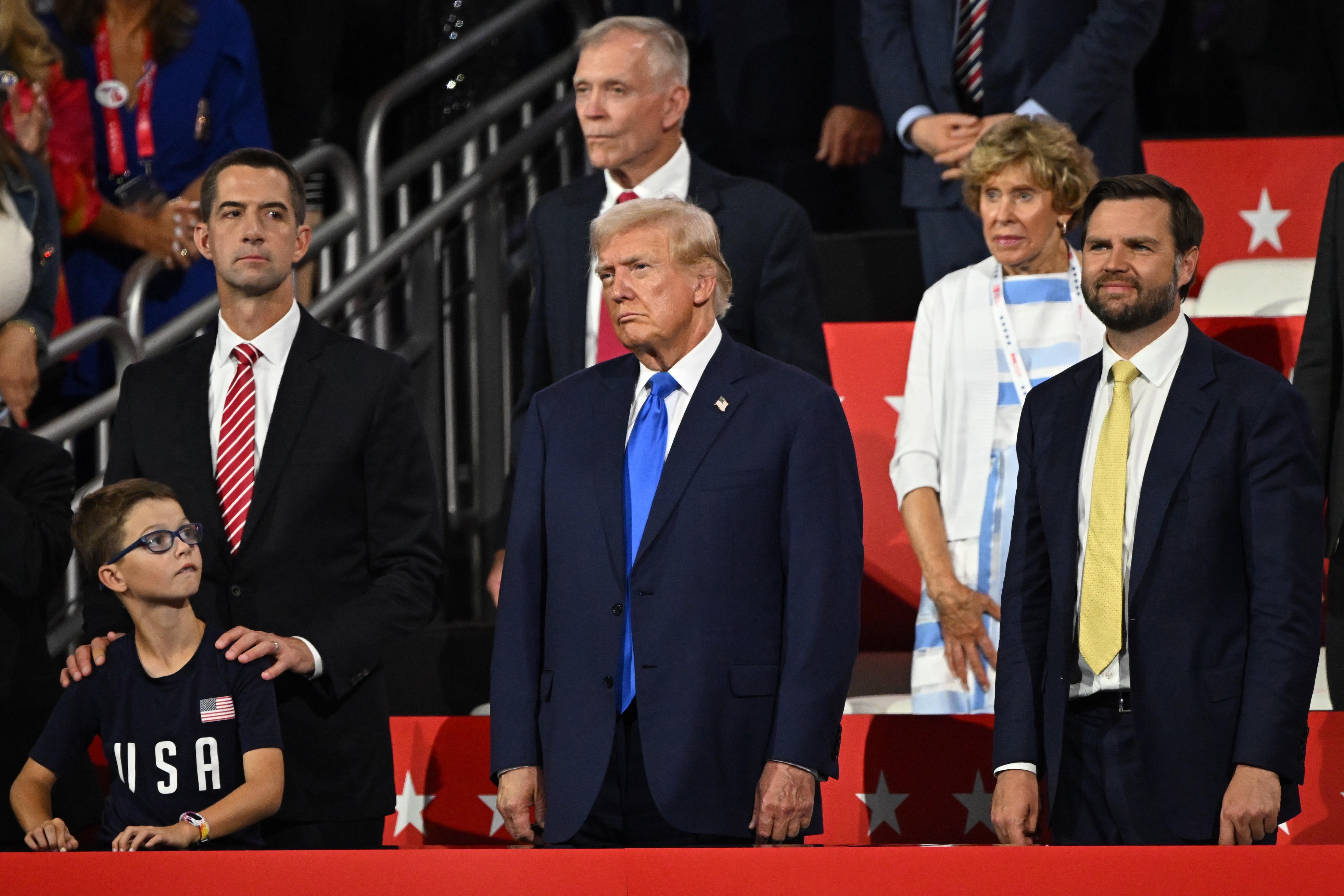During a recent appearance on CNN’s State of the Union, Senator Tom Cotton from Arkansas was questioned about endorsements from Liz and Dick Cheney for Democratic presidential nominee Kamala Harris. Cotton, a supporter of former President Donald Trump, was asked by host Dana Bash how these endorsements might affect the political landscape.
Cotton downplayed their significance, referencing his past experience with Dick Cheney during the Bush administration. “It’s unusual, yes, to see a Cheney endorsing a Democrat,” he stated, but insisted that endorsements ultimately don’t sway public opinion, saying, “Most Americans will decide based on candidates’ records.”
He highlighted the contrasts in economics under Trump versus the current Biden administration, citing issues like inflation and border security as key points of concern for voters. “Under Biden and Harris, we’re seeing record high inflation and crises everywhere,” he remarked.
Bash countered by noting that despite Robert F. Kennedy Jr.’s recent support for Trump, Dick Cheney’s long political history and stature could have a more profound impact. Cotton deflected this point, suggesting that animosity between the Cheneys and Trump stems from Liz’s defeat by pro-Trump candidate Harriet Hageman in a primary election.
In response to further discussions about the Cheneys’ endorsement, Trump himself labeled Dick Cheney a “RINO” (Republican in Name Only) on Truth Social, questioning his credibility and reminding followers of Cheney’s past failures in elections.
Despite shared history, the relationship between the Trump and Cheney families has soured significantly. Liz Cheney has been very vocal against Trump, especially after the January 6, 2021, Capitol riots, even expressing in a recent viral video that she will vote for Harris due to the “danger that Donald Trump poses.”
Cotton’s comments reflect a broader trend in American politics where traditional party lines are increasingly blurred, as seen with those from the Cheney family publicly opposing their own party’s leading figure.
